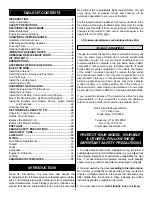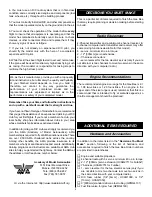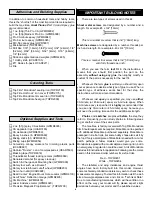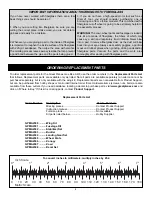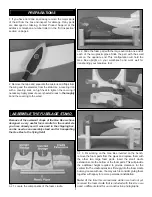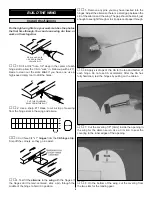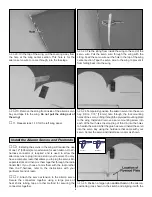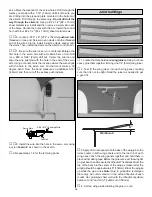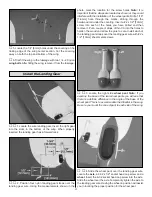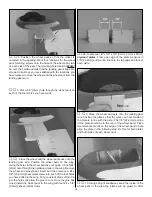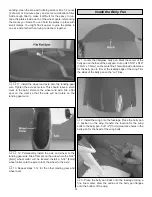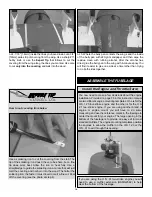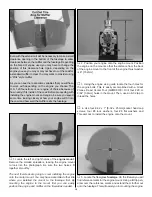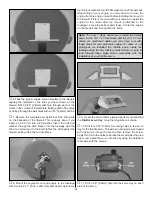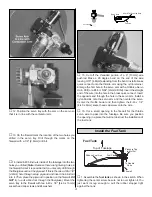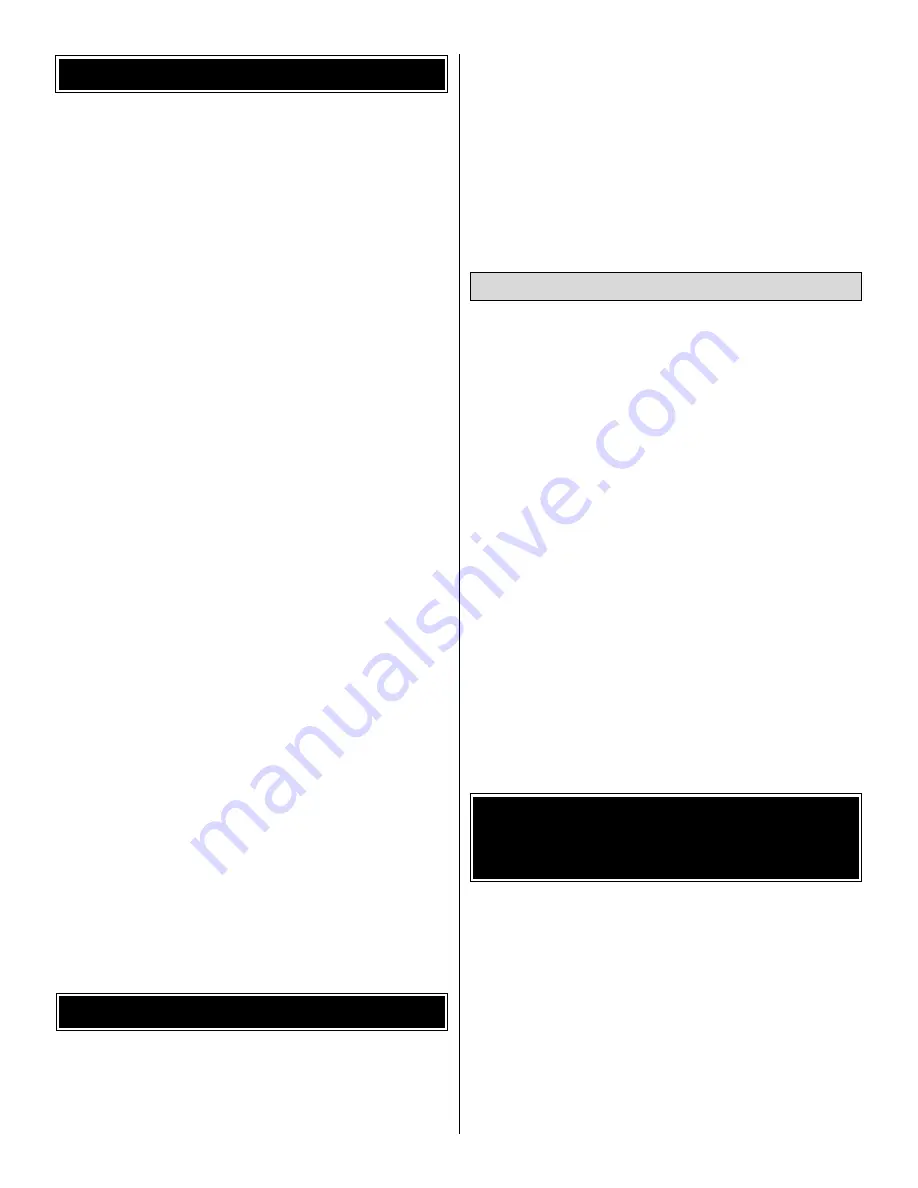
INTRODUCTION ................................................................2
Scale Competition ..............................................................3
SAFETY PRECAUTIONS ..................................................3
DECISIONS YOU MUST MAKE ........................................4
Radio Equipment................................................................4
Engine Recommendations .................................................4
ADDITIONAL ITEMS REQUIRED .....................................4
Hardware and Accessories ................................................4
Adhesives and Building Supplies .......................................4
Covering Tools ....................................................................4
Optional Supplies and Tools...............................................4
IMPORTANT BUILDING NOTES.......................................4
ORDERING REPLACEMENT PARTS...............................5
KIT CONTENTS.................................................................6
PREPARATIONS................................................................7
ASSEMBLE THE FUSELAGE STAND..............................7
BUILD THE WING ..............................................................8
Install the Ailerons ..............................................................8
Install the Aileron Servos and Pushrods ............................9
Join the Wings..................................................................10
Install the Landing Gear ...................................................11
Install the Belly Pan..........................................................13
ASSEMBLE THE FUSELAGE .........................................14
Install the Engine and Throttle Servo ...............................14
Install the Fuel Tank .........................................................17
Install the Cowl Ring, Cowl and Dummy Engine..............18
Mount the Stab, Elevator, Rudder and Tailwheel .............22
Install the Elevator and Rudder Servos, Radio System
and Pushrods.........................................................24
Finishing Touches.............................................................28
GET THE MODEL READY TO FLY..................................28
Check the Control Directions ...........................................28
Set the Control Throws.....................................................29
Balance the Model (C.G.).................................................29
Balance the Model Laterally.............................................30
PREFLIGHT .....................................................................30
ENGINE SAFETY PRECAUTIONS .................................31
AMA SAFETY CODE ......................................................31
CHECKLIST .....................................................................32
FLYING.............................................................................32
Fuel Mixture Adjustments.................................................32
Takeoff ..............................................................................33
Flight.................................................................................33
Aerobatics ........................................................................33
Engine Out Situation ........................................................33
Landing.............................................................................33
ENGINE MOUNT TEMPLATES .......................................35
Since its introduction, the Gee Bee has caught the
imagination of the full-scale aviation enthusiast and modelers
alike. The full-scale plane was notorious for its unpredictable
flight characteristics. Great Planes is proud to introduce our
version that has the characteristic look of the full scale Gee
Bee without the unpredictable flight characteristics. You will
enjoy flying this impressive model and showing off its
aerobatic capabilities to everyone at the field.
For the latest technical updates or manual corrections to the
Gee Bee visit the web site listed below and select the Great
Planes Gee Bee ARF. If there is new technical information or
changes to this model, a “tech notice” box will appear in the
upper left corner of the page.
http://www.greatplanes.com/airplanes/index.html
Though the Great Planes Gee Bee is an ARF and may not
have the same level of detail as an “all-out” scratch-built
competition model, it is a scale model nonetheless and is
therefore eligible to compete in the Fun Scale class in AMA
competition. (We receive many favorable reports of Great
Planes ARFs in scale competition!) In Fun Scale, the “builder
of the model” rule does not apply. To receive the five points
for scale documentation, the only proof required that a full
size aircraft of this type in this paint/markings scheme did
exist is a single sheet such as a kit box cover from a plastic
model, a photo, or a profile painting, etc. If the photo is in
black and white, other written documentation of color must
be provided. Contact the AMA for a rule book with full details.
If you would like photos of the full-size Gee Bee for scale
documentation, or if you would like to study the photos to
add more scale details, photo packs are available from:
Bob's Aircraft Documentation
3114 Yukon Ave
Costa Mesa, CA 92626
Telephone: (714) 979-8058
Fax: (714) 979-7279
e-mail: www.bobsairdoc.com
1. Your Gee Bee should not be considered a toy, but rather a
sophisticated, working model that functions very much like a full-
size airplane. Because of its performance capabilities, the Gee
Bee, if not assembled and operated correctly, could possibly
cause injury to yourself or spectators and damage to property.
2.You must assemble the model according to the instructions.
Do not alter or modify the model, as doing so may result in an
unsafe or unflyable model. In a few cases the instructions may
differ slightly from the photos. In those instances the written
instructions should be considered as correct.
3. You must take time to build straight, true and strong.
PROTECT YOUR MODEL, YOURSELF
& OTHERS...FOLLOW THESE
IMPORTANT SAFETY PRECAUTIONS
Scale Competition
INTRODUCTION
TABLE OF CONTENTS
2


